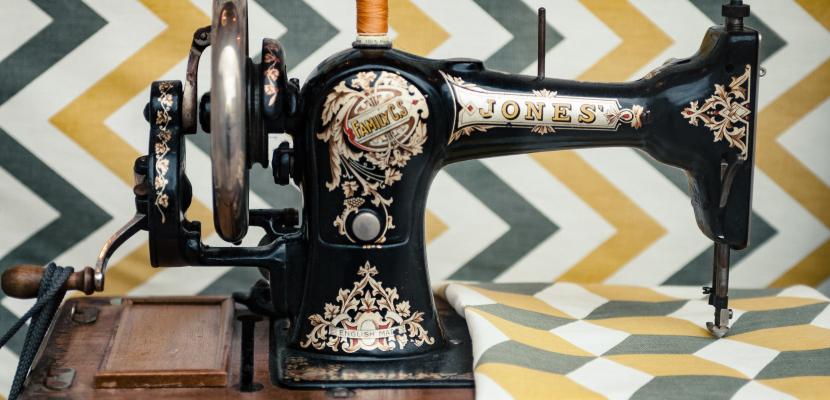Image

Meublowski - prolonging the life cycle of refurbished sofas
Published on 16 July 2020

Netherlands
Utrecht
This is the good practice's implementation level. It can be national, regional or local.
About this good practice
The company prevents the disposal of furniture in the Netherlands and Poland. Customers can bring their own chairs to be re-upholstered or can buy re-upholstered chairs that have been imported from Poland or that have been bought or rescued from destruction.
The EFRO measure made it possible to develop spaces where art, design and entrepreneurship could be combined. By providing space and lowering the cost of the space several designers and artists could start or expand their business, including Meublowski.
The owners of Meublowski noticed that a lot of furniture is thrown out way before its product life cycle is over. Specifically chairs with wooden and steel frames can last longer. The main issue is that fashion and tastes chance. The fabric of those
The company uses several ways of procuring furniture that without intervention will be destroyed with any reuse value. The materials in the furniture are expensive to separate and recycle. Incineration is the most logical way of disposing of the furniture. Taking this furniture out of the waste process and refurnishing them gives these a second lifecycle.
Another stream of goods is consumers that bring in their furniture for reupholstering. This prevents this furniture from going into the waste stream. Even if these consumers have no wish to get the furniture reupholstered, the furniture will in turn be made available to other consumer to be redesigned for those people.
The EFRO measure made it possible to develop spaces where art, design and entrepreneurship could be combined. By providing space and lowering the cost of the space several designers and artists could start or expand their business, including Meublowski.
The owners of Meublowski noticed that a lot of furniture is thrown out way before its product life cycle is over. Specifically chairs with wooden and steel frames can last longer. The main issue is that fashion and tastes chance. The fabric of those
The company uses several ways of procuring furniture that without intervention will be destroyed with any reuse value. The materials in the furniture are expensive to separate and recycle. Incineration is the most logical way of disposing of the furniture. Taking this furniture out of the waste process and refurnishing them gives these a second lifecycle.
Another stream of goods is consumers that bring in their furniture for reupholstering. This prevents this furniture from going into the waste stream. Even if these consumers have no wish to get the furniture reupholstered, the furniture will in turn be made available to other consumer to be redesigned for those people.
Resources needed
As the company is a partnership of two people it is very vulnerable to limits in personnel availability. The couple, if they wish to expand can hire interns and employees to produce more. Currently 16 projects are ready for sale and made for new clients, regardless of what they bring in themselves
Evidence of success
More than 150 pieces of furniture have been refurbished. Leading to a reuse or new use of furniture that would otherwise be sent to landfills or incinerators. In addition, more than 10 large projects in business to business were made which also lead to the prevention of the purchase of new furniture.
Potential for learning or transfer
The case shows a commercial potential for the extension of the product life cycle of consumer goods and determining a fair price of making the furniture more durable. The case shows:
- Independent artisanal entrepreneurs can provide services to help extend the life cycle of furniture that is hard to recycle, and will otherwise be destroyed
- Consumers that have no furniture to reupholster can “adopt” furniture to have re-upholstered; no opportunity is missed
- Consumers get to understand the fair price of furniture as they pay for the labour and fabric
- Instruments for support should focus on: providing affordable space, infrastructure and ease the doing of business for the initiative
- Independent artisanal entrepreneurs can provide services to help extend the life cycle of furniture that is hard to recycle, and will otherwise be destroyed
- Consumers that have no furniture to reupholster can “adopt” furniture to have re-upholstered; no opportunity is missed
- Consumers get to understand the fair price of furniture as they pay for the labour and fabric
- Instruments for support should focus on: providing affordable space, infrastructure and ease the doing of business for the initiative
Further information
Website
Good practice owner
You can contact the good practice owner below for more detailed information.
Organisation
Meublowski

Netherlands
Utrecht
Contact
Researcher